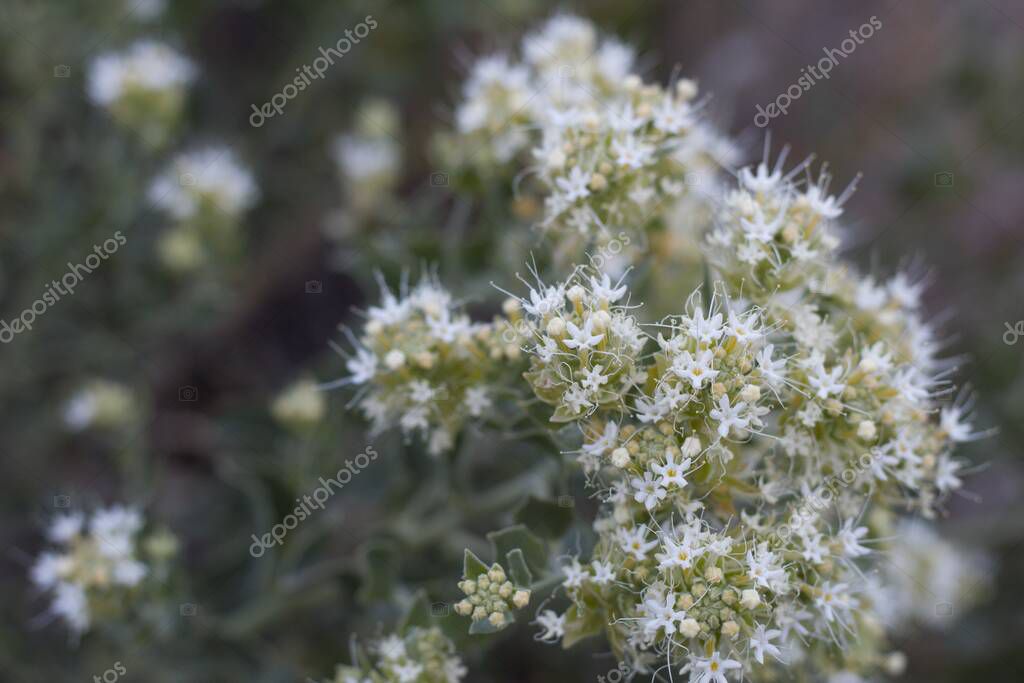
(A) A single flower (B) raceme (C) cyme (D) panicle. Clearly, no science can afford to have its descriptive terms, which are supposed to clarify, be such major sources of confusion.įour basic inflorescence architectures. For example, if one is to look up in literature the inflorescence type of the well-known and extensively studied tomato plant ( Solanum lycopersicum), one is sure to be left in total confusion, wondering whether the tomato inflorescence is correctly called a cyme, raceme, indeterminate cyme, racemose cyme, sympodium, or whether yet another new label should be introduced to define its inflorescence ( Cooper, 1927 Allen and Sussex, 1996 Molinero-Rosales et al., 1999, 2004 Quinet et al., 2006 Welty et al., 2007 Lippman et al., 2008). Unfortunately, the puzzling maze of inflorescence terminologies has still not been solved it is arguably even more complex now than it ever was. Over 60 years ago, Rickett pointed out that ‘the names applied to inflorescences were confused from the beginning’ ( Rickett, 1944). As straightforward as this classification system may seem, in reality there is no generally used, adequate system for the characterization and classification of the immensely diverse range of inflorescence architectures.
.svg/240px-Doppelschraubel_(inflorescence).svg.png)
Rather elaborate sets of descriptive terms are used to characterize subordinate architectural types. Perhaps surprisingly, most inflorescences found in nature can be classified into one of these broad categories ( Prusinkiewicz et al., 2007). Figure 1 shows four basic inflorescence architectures: a single flower (A), raceme (B), cyme (C), and panicle (D). The flower-bearing branches of a plant are called the inflorescence, and the shape of an inflorescence is referred to as the inflorescence architecture ( Rickett, 1944, 1955 Weberling, 1989). A major determinant of crop yield is the way that a plant arranges its flowers ( Wyatt, 1982). Besides being appreciated for their beauty, they provide us with numerous resources, of which food is arguably the most important one. Some general issues are discussed here, while focusing on inflorescence development in petunia.Ĭyme, flowering plants, inflorescence architecture, meristem, monopodial, panicle, petunia inflorescence, raceme, sympodial Introductionįlowering plants (angiosperms) are a widespread, diverse, and large group of approximately 260 000 described species that have long been admired for the endless variation in the shape, size, and colour of their flowers ( Bell et al., 2005 Krizek and Fletcher, 2005). However, thus far, limited use has been made of this opportunity, which may, at least in part, be due to researchers getting lost in the terminology. The cyme of petunia is a distinct body plan compared with the well-studied racemes of Arabidopsis and Antirrhinum, which provides an excellent opportunity to study evolutionary developmental biology (evo-devo) related questions.

The analysis of several inflorescence branching mutants has led to a solid understanding of cymose inflorescence development in petunia ( Petunia hybrida). The so-called transient model can produce the broad inflorescence types: cyme, raceme, and panicle, into which most inflorescences found in nature can be classified.

Modelling is a helpful aid to follow the consequences of these decisions for inflorescence development. It is the decisions taken by groups of stem cells at the growing tips of shoots, called meristems, on when and where to produce a flower or a shoot that specify the course of inflorescence development. With the rise of molecular developmental biology, research has become increasingly focused on how inflorescences develop, rather than on their morphology. Over the past centuries, botanists have classified inflorescences based on their morphology, which has led to an unfortunate maze of complex botanical terminology. The number of flowers that an inflorescence contains ranges from a single flower to endless flower-clusters. A flower-bearing branch or system of branches is called an inflorescence.

Flowering plants have developed many ways to arrange their flowers.


 0 kommentar(er)
0 kommentar(er)
